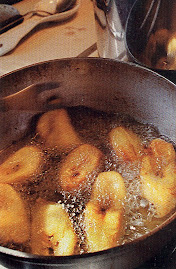
September 17, 2009
7:oo PM




 Short...
Short...
In the cigar factories of Cuba, a unique tradition persists: ‘la lectura de tabaqueria’ . Every day, specially employed workers read out loud to the two or three-hundred tabaqueros as they sit rolling the country’s famous cigars.
From classic novels to national politics and local baseball results, for many years this daily tradition has been an education for the workers. But after years of listening, they are now knowledgeable and demanding, and the readers must be at their very best if they are to keep their discerning audience interested.
Cigar makers. One, perhaps two or three hundred sat in rows at wooden tables, skilled fingers rolling moist leaves of tobacco. The lector. Only one sat at the tribuna raised above the workers. Two hands held a book, maybe a newspaper. Words rolled off the lector’s tongue, resonating throughout the factory.
Together, tabaqueros and lectores traveled to the Spain of Don Quijote, the France of Victor Hugo, and the Cuban battlefield of Antonio Maceo. They followed the debates between anarchists and socialists, as well as the local baseball scores.
Sometimes they laid down their tools—chavetas and books—and walked out of the factories to demand their rights . Through 'la lectura' cigar workers were entertained, educated, and developed a sense of class solidarity. The reader's voice is no longer heard in most places. But in Cuba, cigar makers defend their tradition of 'la lectura' with pride.


